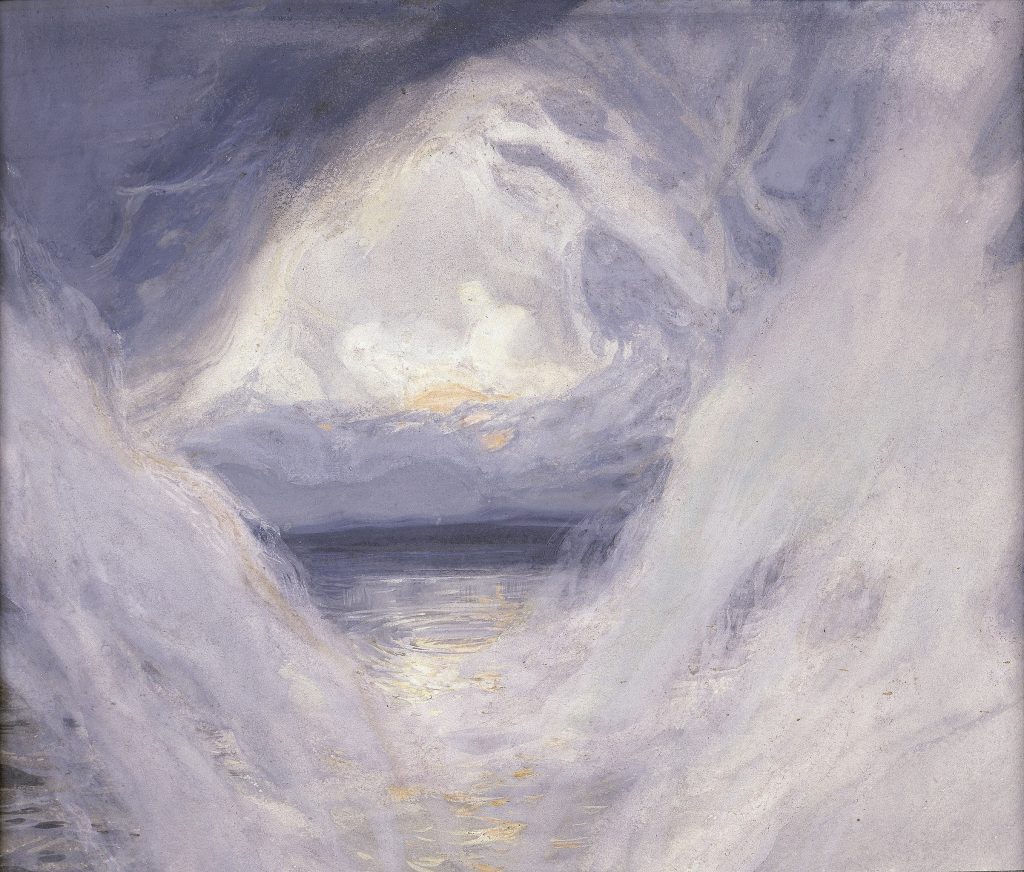
Contemplative on the improbability
Of achieving this human reality.
Reflective in actuality,
Life not a terrestrial odyssey.
Journey of spiritual kind,
Being master of mind.

Ideas realized

Contemplative on the improbability
Of achieving this human reality.
Reflective in actuality,
Life not a terrestrial odyssey.
Journey of spiritual kind,
Being master of mind.
Ultimately pure awareness.
Consciousness resides the nexus,
Of infinite space and time.
This has always been.
This will always be.
Death release this inner awareness,
From confines of time-emergent mind.

Who Buddhist finds refuge in Buddha, the Dharma, and Sangha.
Jain Tirthankara, Agamas, Sangha.
Christian in Christ, the Gospels, and Church.
Muslim in Allah, Quran, sharia.
If Jewish in YHWH, the Torah, and nation.
Who practices Shaivism, Vaishnavism, Shaktism: in Shiva, Vishnu, Shakti; the Sruti the Smriti; and spiritual community.
Reality ultimately
Singularity.
Similitude
Interpretations vary,
With multitude
Vocabularies.

Diluvian Ark we never left,
And are carried by it yet.
Ark of the Covenant,
Who merciful convey it,
And are never apart.
For it resides the Tabernacle
Of Compassionate Heart,
Blessed Vessel the Sacrament.


Succumb,
With love and wisdom,
To mind awaken.
Conclusion
Therein,
View, path, fruition,
As one,
Are won.
“The Bliss of Inner Fire: Heart Practice of the Six Yogas of Naropa” (1998, 2014)
A Commentary on Je Tsongkhapa’s
Having the Three Convictions: A Guide to the Stages of the Profound Path of the Six Yogas of Naropa
By Lama Yeshe
Outlines to full text and (editorial) guide to application of practice herein.
Foreword by Lama Thubten Zopa Rinpoche
Editors’ Preface
Introduction by Jonathan Landaw
Prayer to the Lineage Lamas of the Six Yogas of Naropa
Companion to: On Chakras with emphasis on Manipura

There are two aspects of mind:
The “I” is emergent the mind-stream of dualistic mind’s consciousnesses.
Mediative meditation can be sustained by focusing the mind on an objective (a mental object: such as an image; a mandala; a mantra; etc…, a physical object, an activity: such as archery; hatha yoga; breathing; etc…, etc…). Therein focusing, directing, and thus gaining control of the mind and stream.
Meditative absorption begins to develop when the object of mind is on the subject, the mind itself, and a conceptual understanding of its nature emerges. Mind that aspires to awaken.
Pure Awareness is attained on clearing the mind, and thus without effort sustained. Mind awaken.


Humanity
Threshold
Infinity,
Foundation
Divinity.